The Metropolitan Transportation Authority (MTA) has threatened to restrict the traditional route of the New York City Marathon unless organizers pay up.
The marathon usually passes through both the upper and lower level of the Verrazzano-Narrows Bridge and must be shut down for almost an entire day while the race takes place.
Big Financial Hit For the MTA
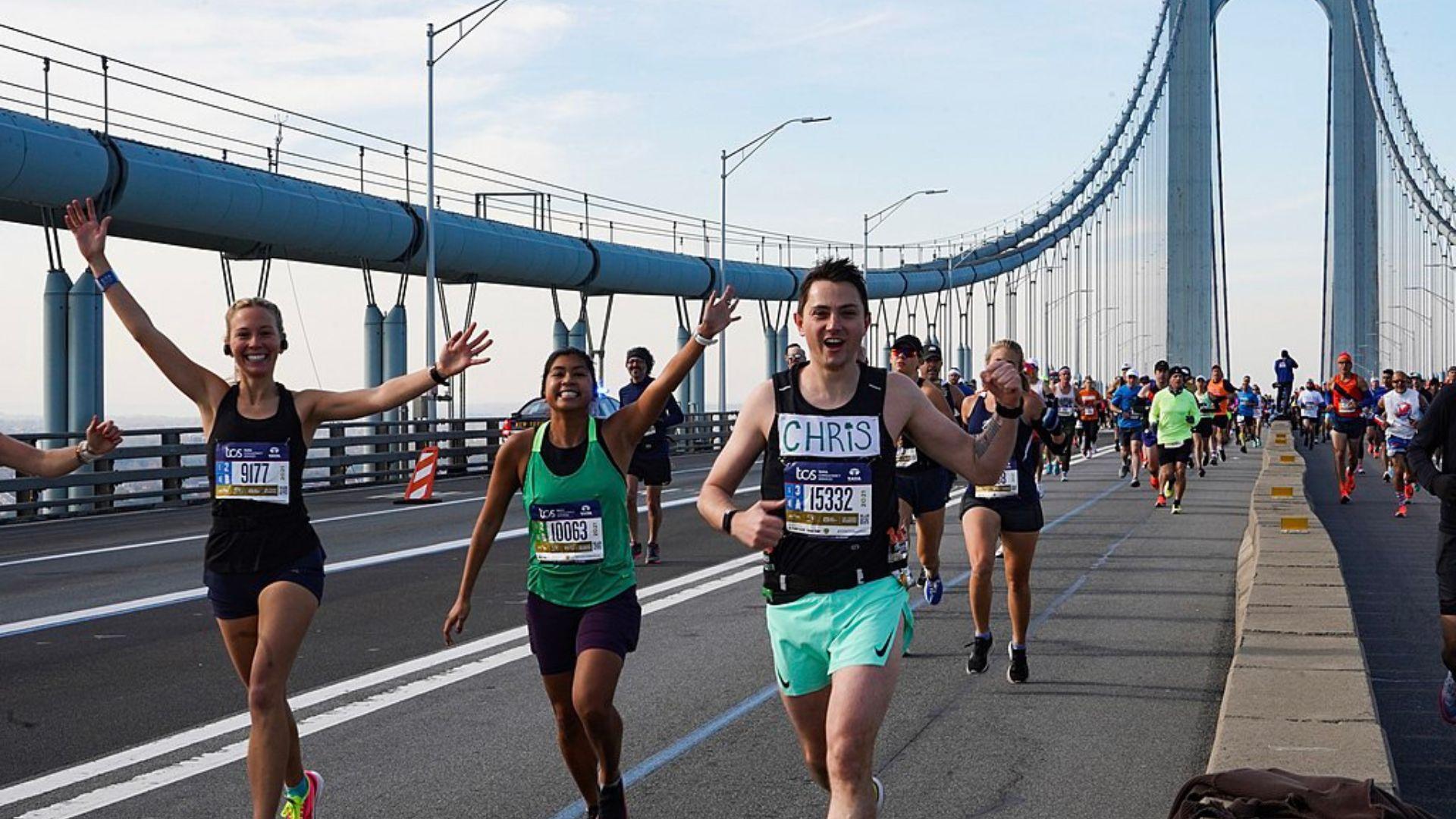
Every year, photographers place themselves in the perfect position to get a shot of the classic New York bridge filled to the brim with runners beginning their 26.2 mile run.
The transit authority says that each year they lose roughly $750,000 due to the bridge closure on the day of the race.
The Bridge Helps New York City Function
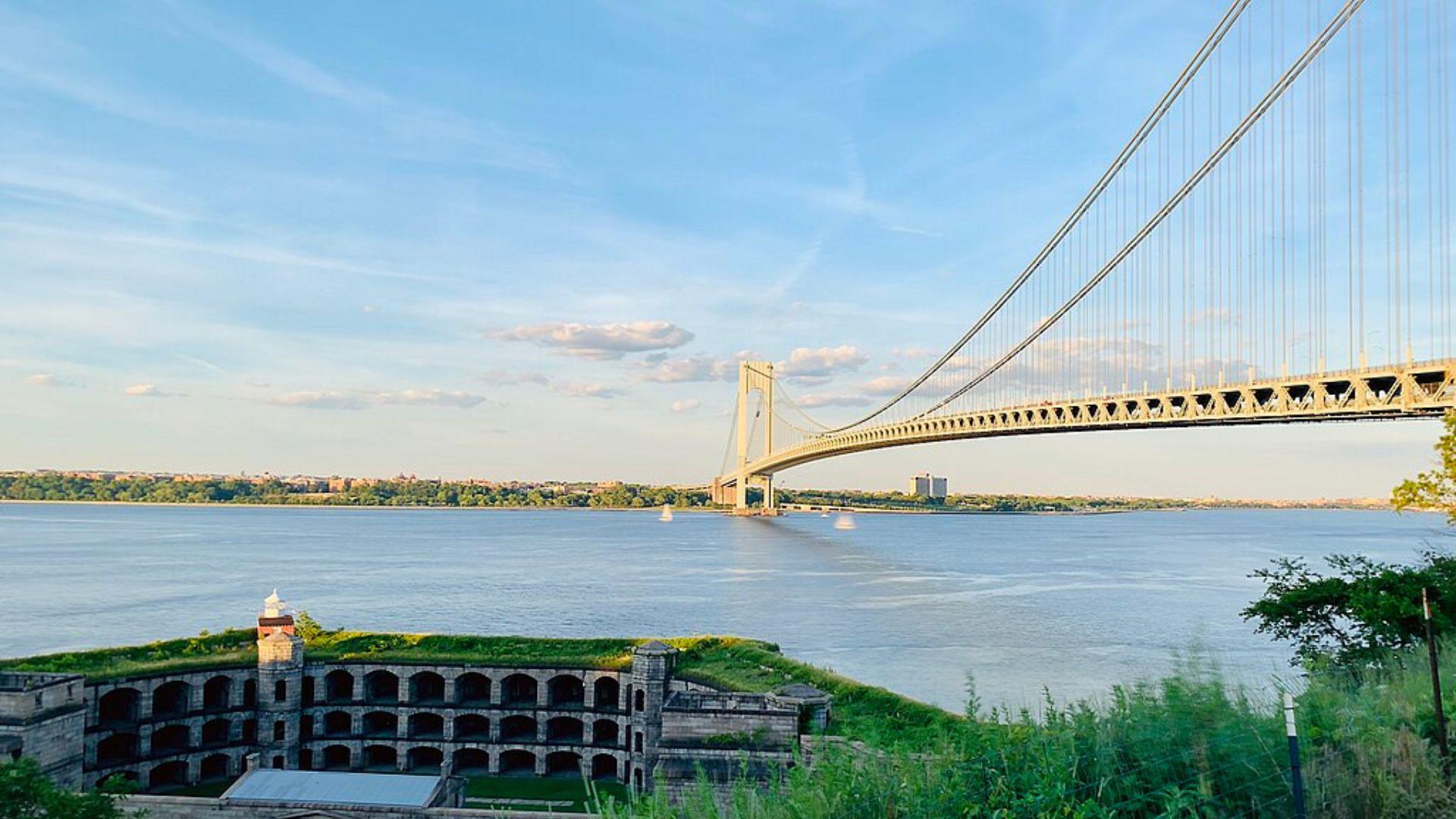
The Verrazzano-Narrows is North America’s longest suspension bridge.
Each day, roughly 200,000 cars cross the bridge that connects Brooklyn to Staten Island. Every vehicle that goes across the structure must pay a toll according to size and registration.
New York Road Runners Not Backing Down
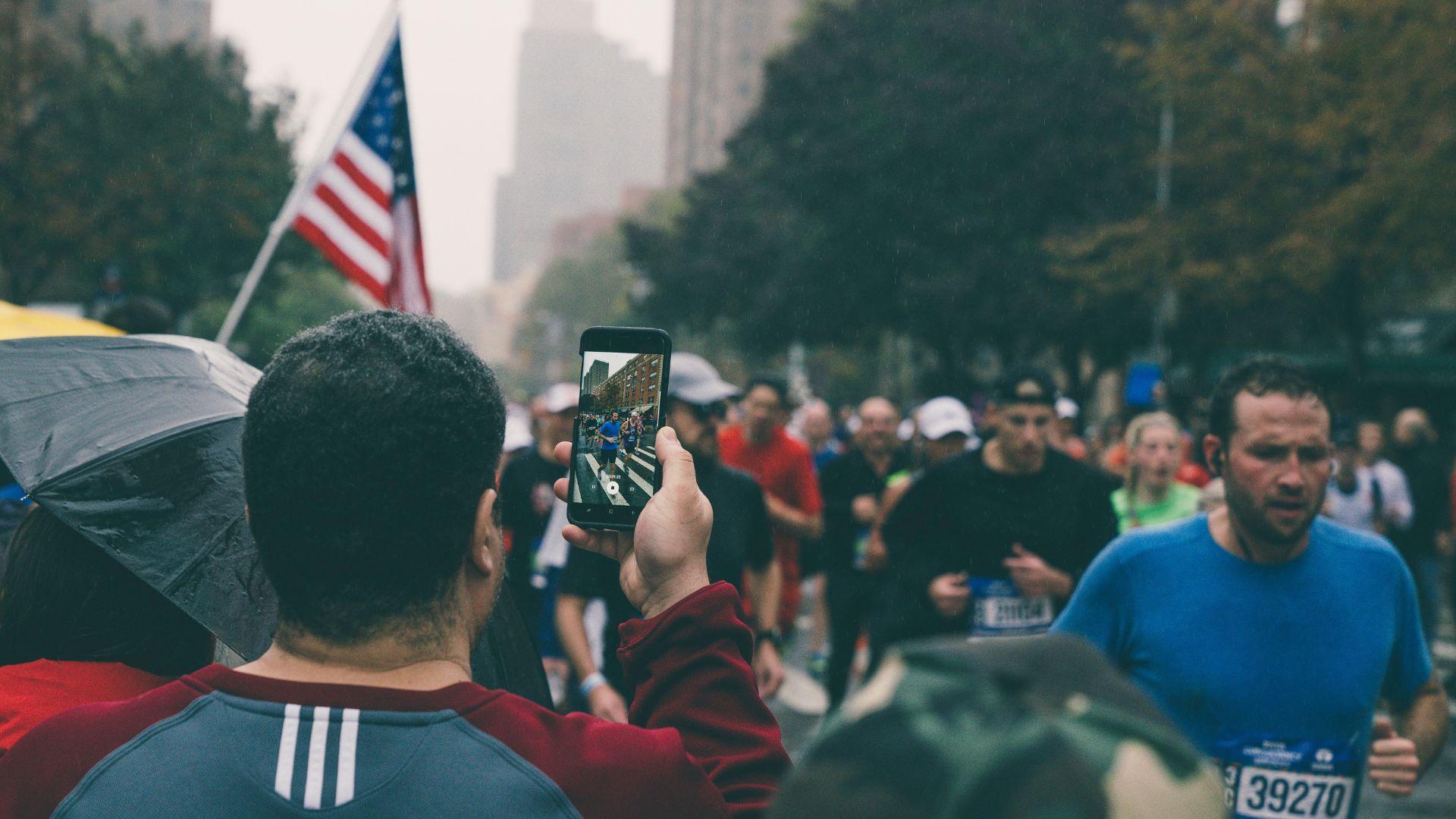
The group that organizes the race every year, New York Road Runners, have refused to agree to the terms.
Since 1988 the marathon has used both the upper and lower decks of the bridge. But without payment, the MTA says that they cannot allow the race to continue as normal.
The New York City Marathon Brings in Big Bucks
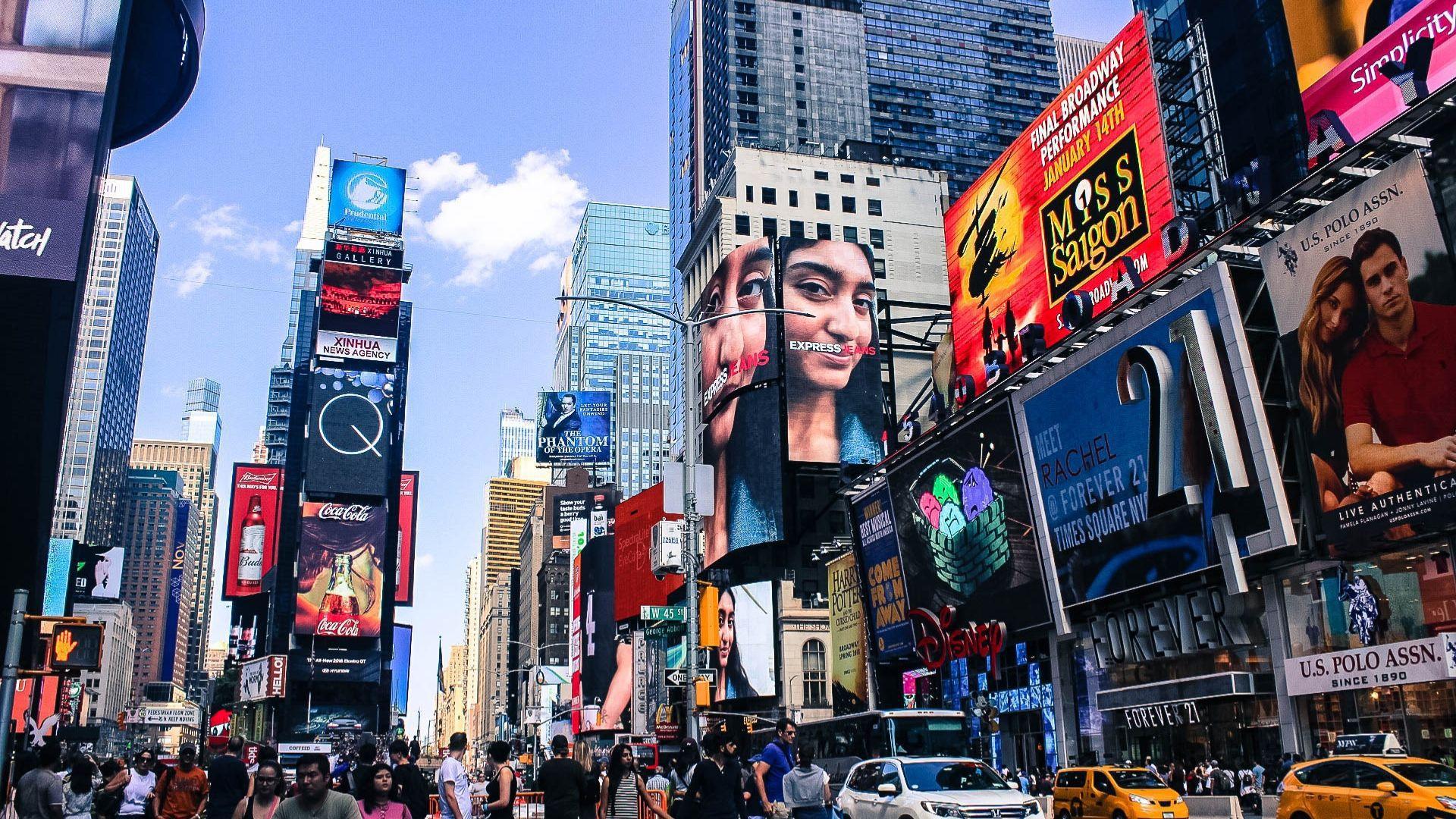
More than 50,000 runners join the marathon every year from around the world. The race brings in roughly $427 million to the city boosted through tourism and tax revenue.
Alongside amateur runners, enthusiasts, professionals, the amount of media coverage that is brought to the city each year boosts a positive view of the city.
How the Closure Would Affect the Race
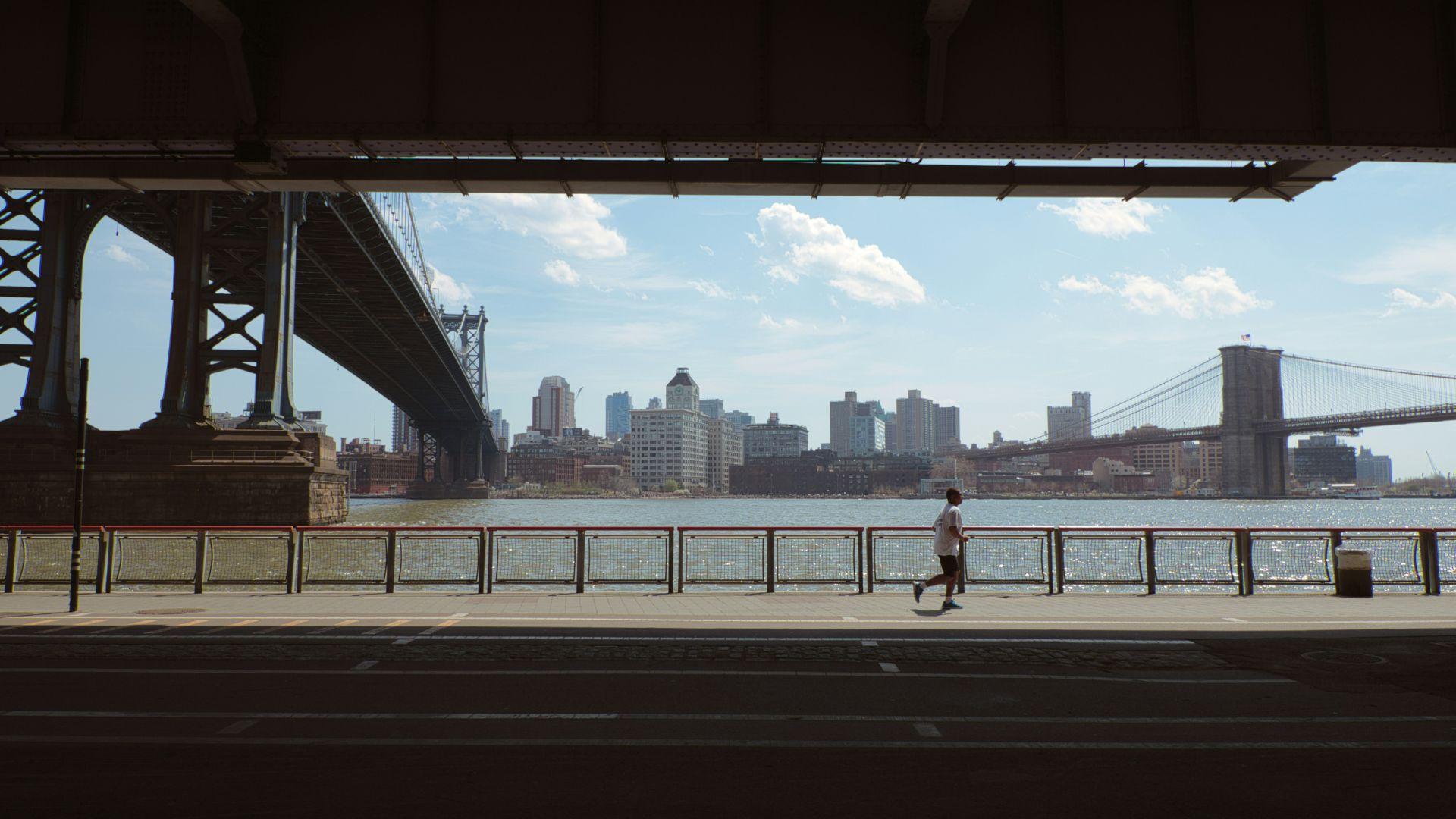
The MTA has offered the race organizers to use just one level of the bridge if they don’t want to pay the hefty fine.
However, officials say that the reduced space would limit the number of runners allowed to race or extend the duration. Both of these options would have a negative impact on the event.
The Bill Would Affect Other Free Running Events
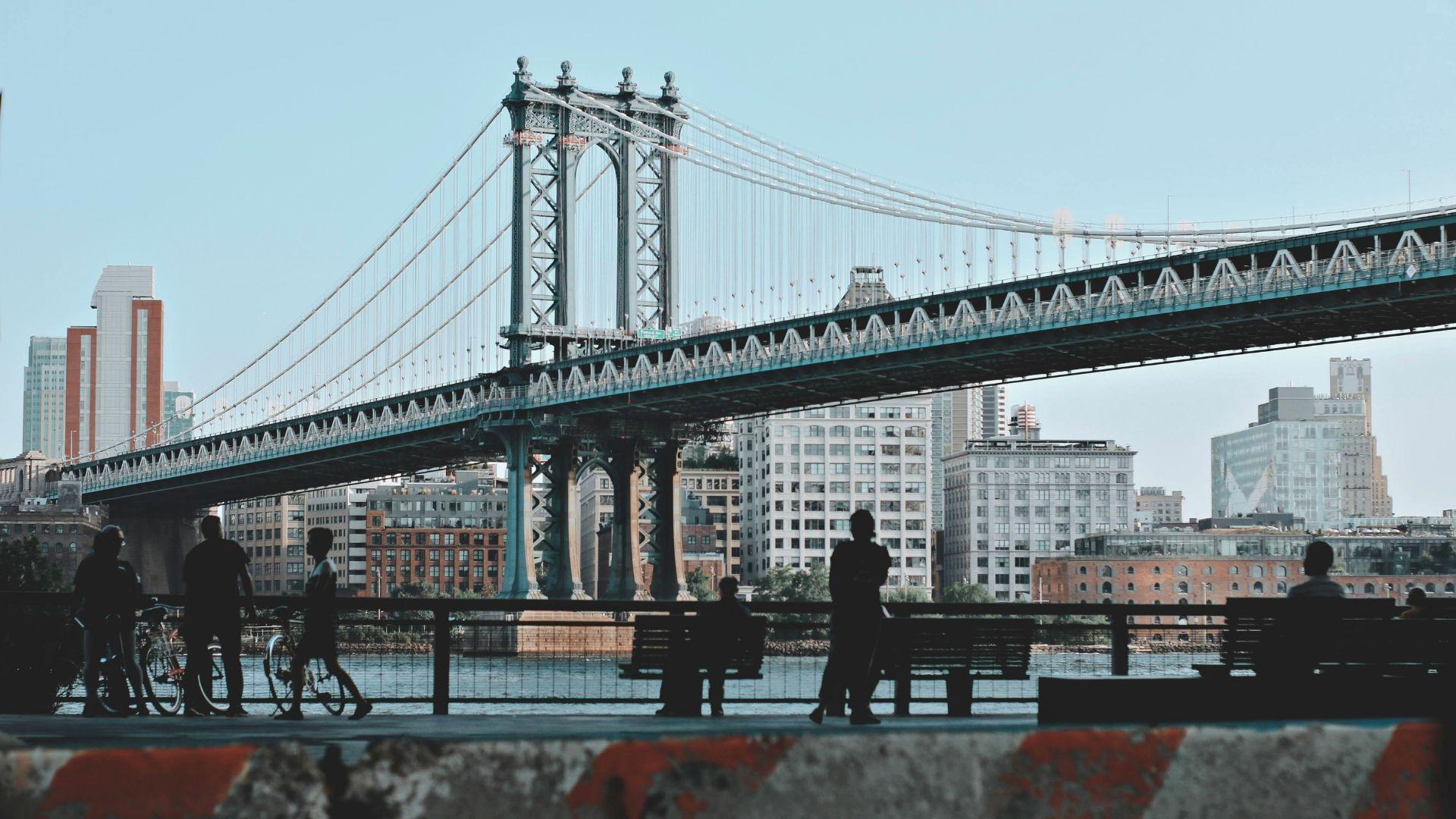
The marathon is a fund-raised event and uses any additional cash to help organize free running events in the city.
The MTA has also taken aim at other events in the city that use the bridge as a traditional landmark. They requested reimbursement from Bike New York, a small group that uses the Verrazzano’s lower deck as their last leg on their Five Boro Bike Tour.
New York Governors Called In
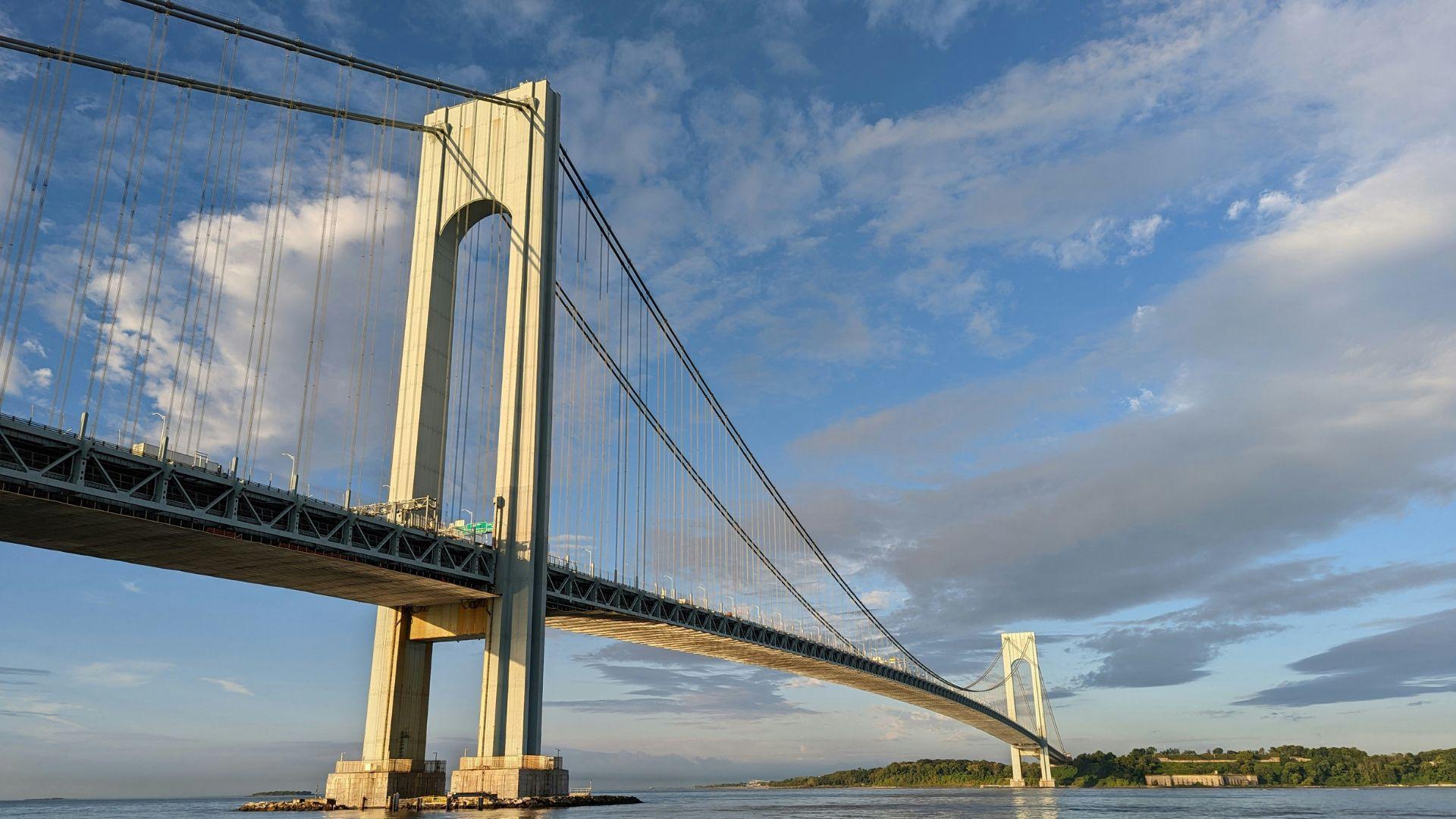
Since the event organizers don’t think that the price tag is a fair use of fund-raised money, they have called on Gov. Kathy Hochul to mediate.
Rob Simmelkjaer, the chief executive of the runner’s group, pleaded his case to Hochul, who controls the MTA and could easily assist with the issue.
New Yorker’s Are Not Put out on Race Day
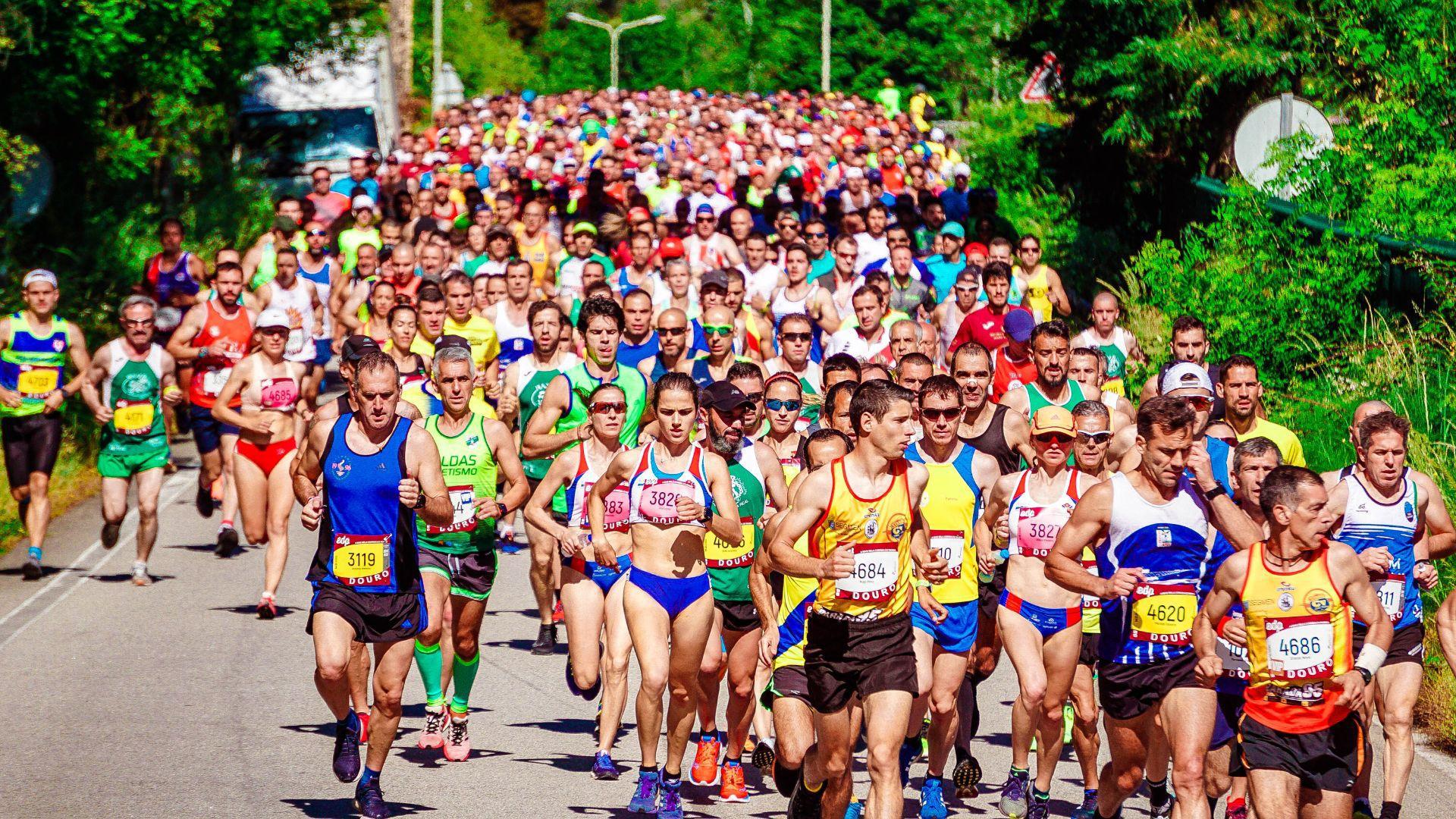
Since the event has been a staple of New York life since the late 80s, most residents of the city happily work their lives around it.
Many locals even step out into the streets to show support to runners or apply to work as unpaid volunteers for the massive event.
MTA Messaging Unclear and Unfair
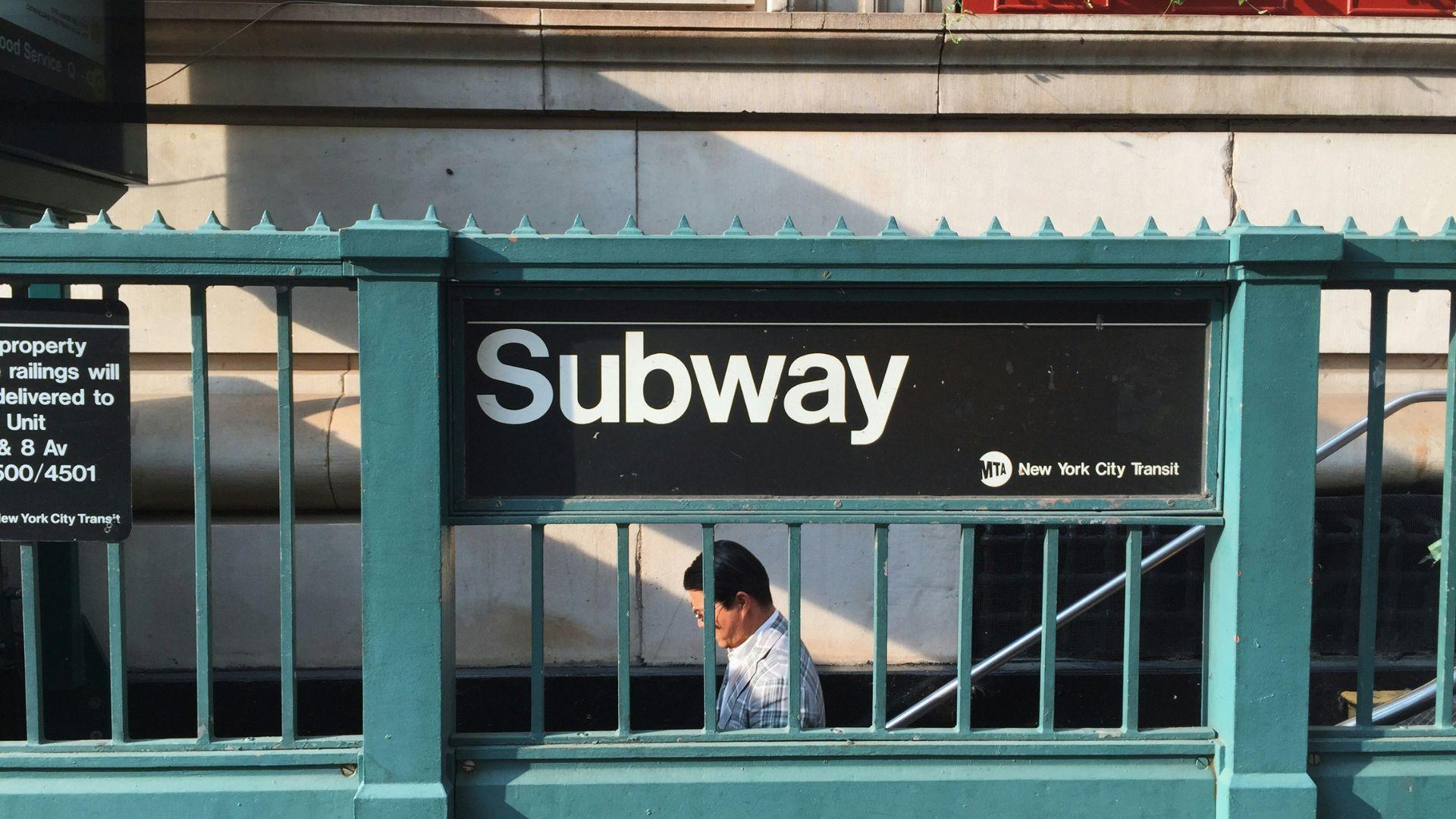
The transportation authority has stated that New York taxpayers shouldn’t be expected to foot the bill for the lost revenue.
However, race organizers have called out the inconsistent messaging. The diverted bridge traffic boosts subway fares for the day, which also goes directly to the MTA.
Millions of Riders Use the Subway on Race Day
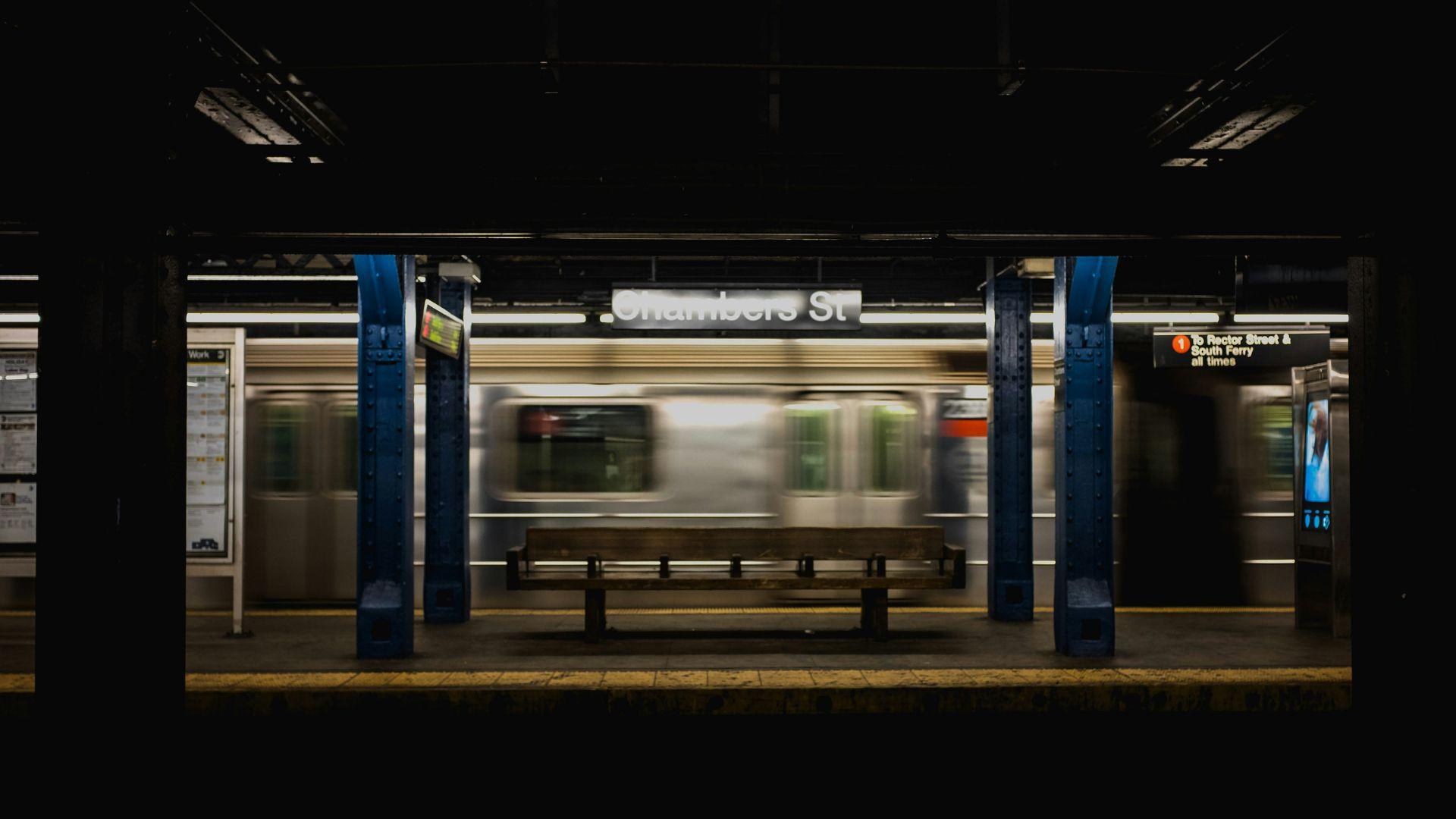
The day after the 2023 marathon, the MTA reported a staggering 2,304,683 paid rides on the day of the race.
The boost in fares is directly related to the runners, volunteers, and supporters of the event as well as New Yorkers who took the subway instead of the Verrazzano Bridge.
MTA’s Logic Should Be Questioned
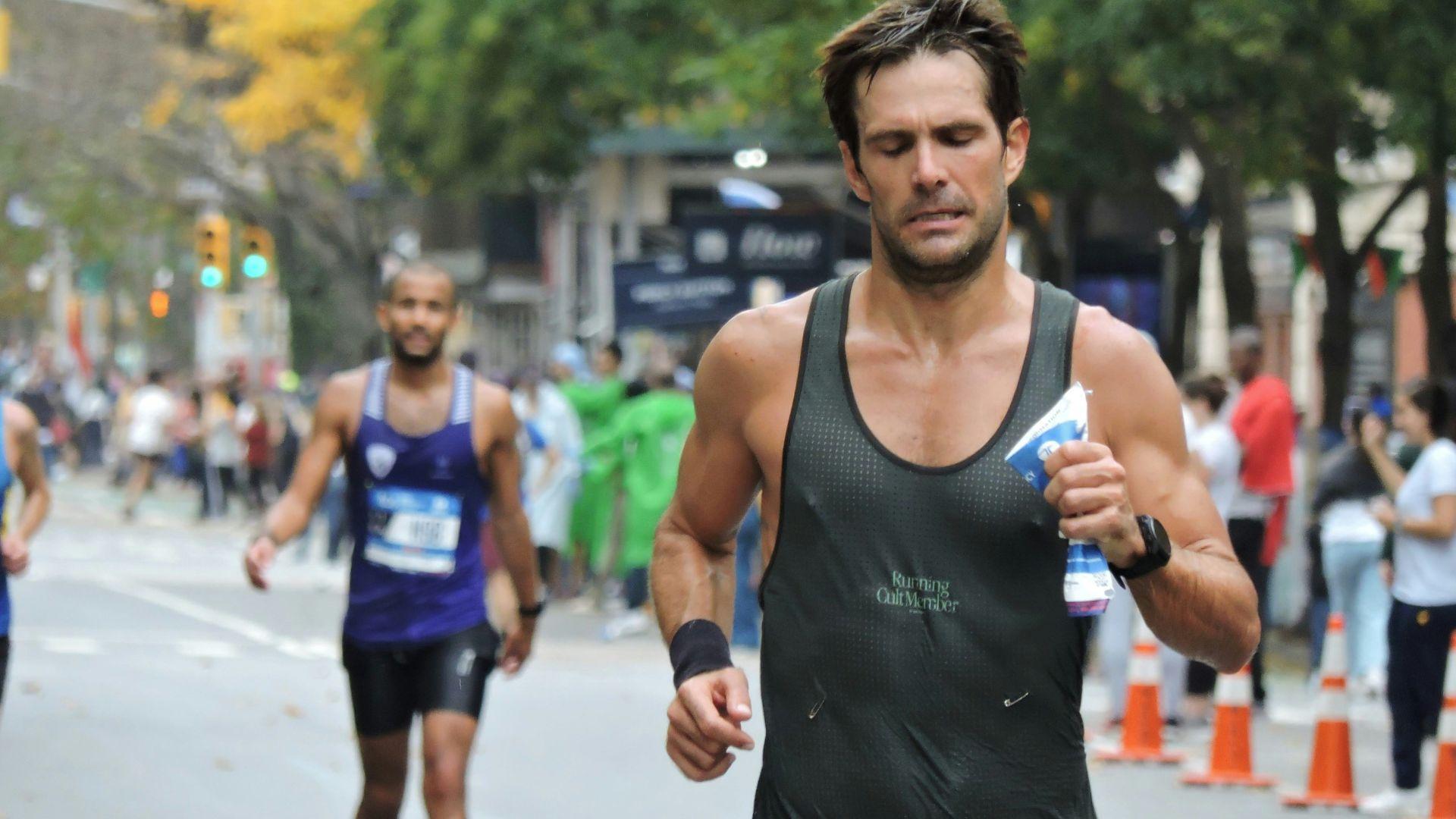
James Parrott, who works as the director of economic and fiscal policy at the New School’s Center for New York City Affairs has some harsh words for the transit authority.
He stated that it seems the MTA is attempting to “nickel-and-dime” the residents of NYC. The revenue from the rest of the year makes up for hundreds of millions of dollars and should be more than enough to cover the working costs of the transit authority.
